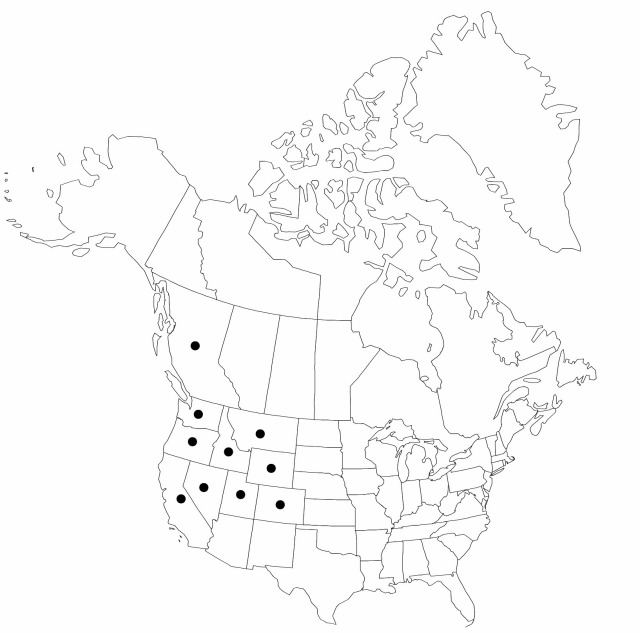Difference between revisions of "Carex praeceptorum"
in N. L. Britton et al., N. Amer. Fl. 18: 95. 1931.
FNA>Volume Importer |
imported>Volume Importer |
||
| (One intermediate revision by the same user not shown) | |||
| Line 1: | Line 1: | ||
{{Treatment/ID | {{Treatment/ID | ||
|accepted_name=Carex praeceptorum | |accepted_name=Carex praeceptorum | ||
| − | |accepted_authority=Mackenzie | + | |accepted_authority=Mackenzie |
|publications={{Treatment/Publication | |publications={{Treatment/Publication | ||
|title=in N. L. Britton et al., N. Amer. Fl. | |title=in N. L. Britton et al., N. Amer. Fl. | ||
|place=18: 95. 1931 | |place=18: 95. 1931 | ||
|year=1931 | |year=1931 | ||
| + | }} | ||
| + | |special_status={{Treatment/ID/Special_status | ||
| + | |code=F | ||
| + | |label=Illustrated | ||
| + | }}{{Treatment/ID/Special_status | ||
| + | |code=E | ||
| + | |label=Endemic | ||
}} | }} | ||
|basionyms= | |basionyms= | ||
| Line 39: | Line 46: | ||
-->{{#Taxon: | -->{{#Taxon: | ||
name=Carex praeceptorum | name=Carex praeceptorum | ||
| − | |authority=Mackenzie | + | |authority=Mackenzie |
|rank=species | |rank=species | ||
|parent rank=section | |parent rank=section | ||
| Line 52: | Line 59: | ||
|publication title=in N. L. Britton et al., N. Amer. Fl. | |publication title=in N. L. Britton et al., N. Amer. Fl. | ||
|publication year=1931 | |publication year=1931 | ||
| − | |special status= | + | |special status=Illustrated;Endemic |
| − | |source xml=https:// | + | |source xml=https://bitbucket.org/aafc-mbb/fna-data-curation/src/2e0870ddd59836b60bcf96646a41e87ea5a5943a/coarse_grained_fna_xml/V23/V23_563.xml |
|genus=Carex | |genus=Carex | ||
|section=Carex sect. Glareosae | |section=Carex sect. Glareosae | ||
Latest revision as of 20:41, 5 November 2020
Plants loosely or densely cespitose, in small clumps; rhizomes short. Culms usually erect, slender, 10–20(–30) cm. Leaves: sheaths pale brown abaxially, inner band thin, hyaline, sometimes red tinged, concave at summit; ligules as long as wide; blades pale to gray-green, flat, 5–15 cm × 1.5–2.5 mm, shorter than culms, thin. Inflorescences 1–1.5(–2) cm × 5–10 mm; proximal bracts bristlelike, prolonged, distal bracts scalelike. Spikes 3–5, gynecandrous, approximate, sessile, containing 8–15(–20) perigynia; terminal spike staminate for less than 1/2 of length, shortly clavate, oblong-ovoid, 4–7 × 3–5 mm. Pistillate scales light chestnut-brown with lighter center and hyaline margins, ovate, subequal to perigynia, apex obtuse. Perigynia appressed-ascending, pale brown, often darker brown in age, finely several-veined, elliptic-ovate, 1.5–2 × 1 mm, widest near middle, membranous; beak short, entire or slightly serrulate. Achenes pale brown, broadly obovate, 1.25 × 0.8–1 mm, dull to slightly glossy.
Phenology: Fruiting Jul–Sep.
Habitat: Boggy places, wet soil around montane ponds and lakes
Elevation: 2300–3500 m
Distribution

B.C., Calif., Colo., Idaho, Mont., Nev., Oreg., Utah, Wash., Wyo.
Discussion
Selected References
None.
